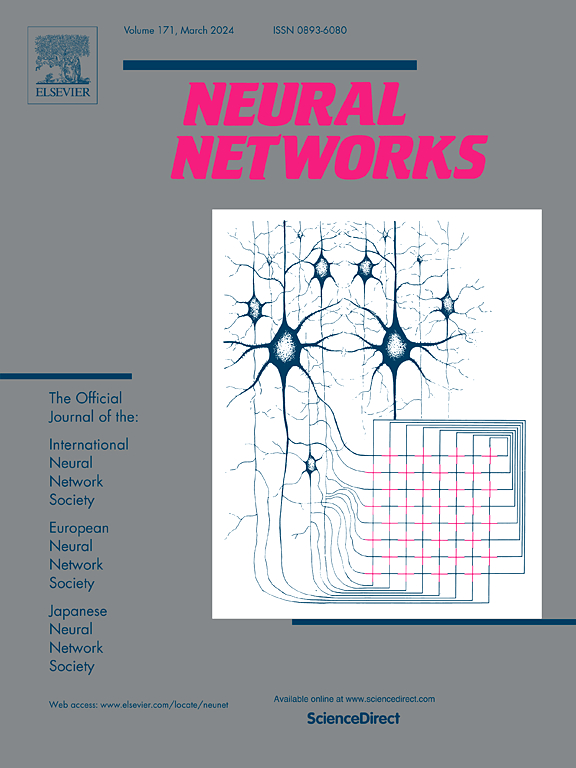Multi-knowledge informed deep learning model for multi-point prediction of Alzheimer’s disease progression
IF 6
1区 计算机科学
Q1 COMPUTER SCIENCE, ARTIFICIAL INTELLIGENCE
引用次数: 0
Abstract
The diagnosis of Alzheimer’s disease (AD) based on visual features-informed by clinical knowledge has achieved excellent results. Our study endeavors to present an innovative and detailed deep learning framework designed to accurately predict the progression of Alzheimer’s disease. We propose Mul-KMPP, a Multi-Knowledge Informed Deep Learning Model for Multi-Point Prediction of AD progression, intended to facilitate precise assessments of AD progression in older adults. Firstly, we designed a dual-path methodology to capture global and local brain characteristics for visual feature extraction (utilizing MRIs). Then, we developed a diagnostic module before the prediction module, leveraging AAL (Anatomical Automatic Labeling) knowledge. Following this, predictions are informed by clinical insights. For this purpose, we devised a new composite loss function, including diagnosis loss, prediction loss, and consistency loss of the two modules. To validate our model, we compiled a dataset comprising 819 samples and the results demonstrate that our Mul-KMPP model achieved an accuracy of 86.8%, sensitivity of 86.1%, specificity of 92.1%, and area under the curve (AUC) of 95.9%, significantly outperforming several competing diagnostic methods at every time point. The source code for our model is available at https://github.com/Camelus-to/Mul-KMPP.

求助全文
约1分钟内获得全文
求助全文
来源期刊

Neural Networks
工程技术-计算机:人工智能
CiteScore
13.90
自引率
7.70%
发文量
425
审稿时长
67 days
期刊介绍:
Neural Networks is a platform that aims to foster an international community of scholars and practitioners interested in neural networks, deep learning, and other approaches to artificial intelligence and machine learning. Our journal invites submissions covering various aspects of neural networks research, from computational neuroscience and cognitive modeling to mathematical analyses and engineering applications. By providing a forum for interdisciplinary discussions between biology and technology, we aim to encourage the development of biologically-inspired artificial intelligence.
 求助内容:
求助内容: 应助结果提醒方式:
应助结果提醒方式:


